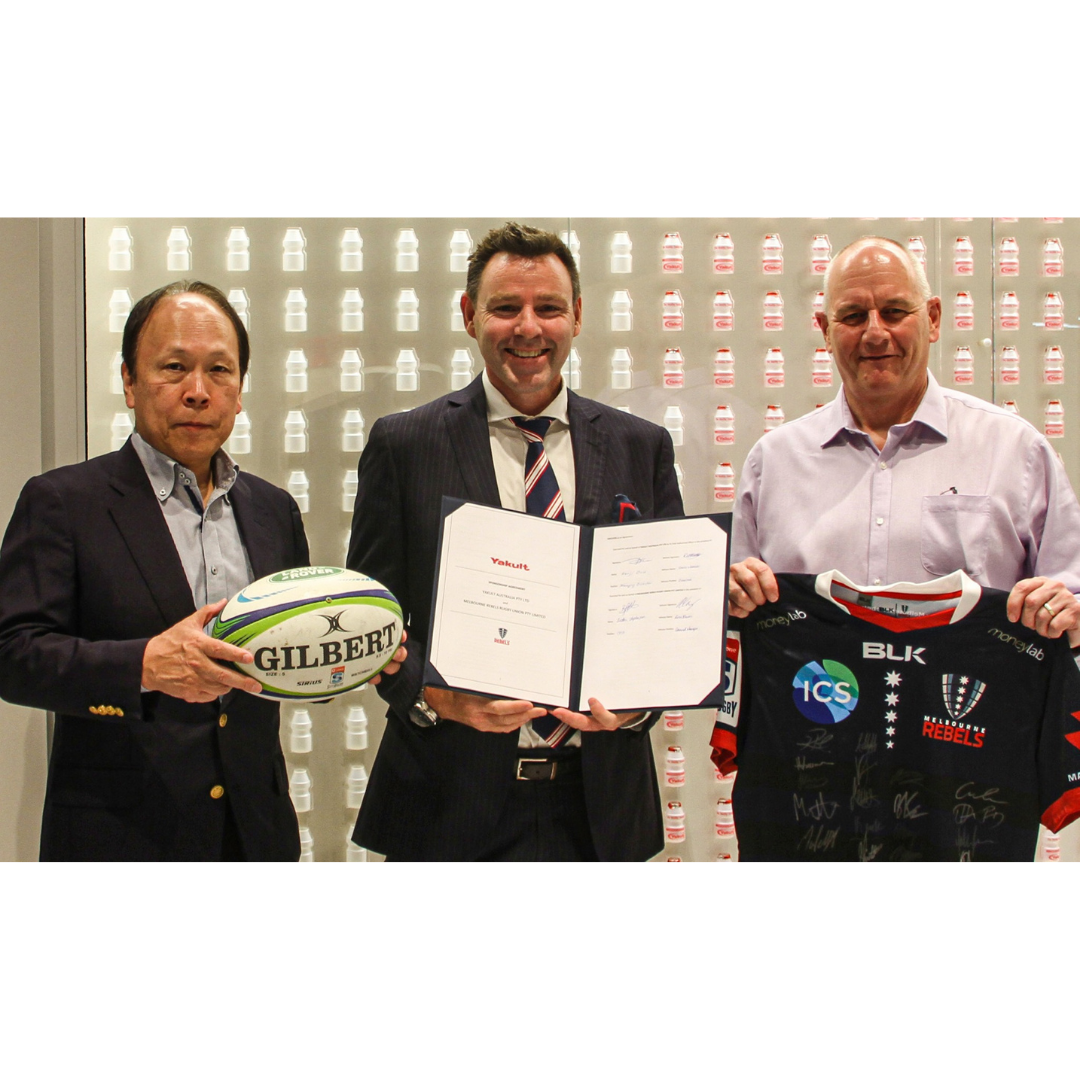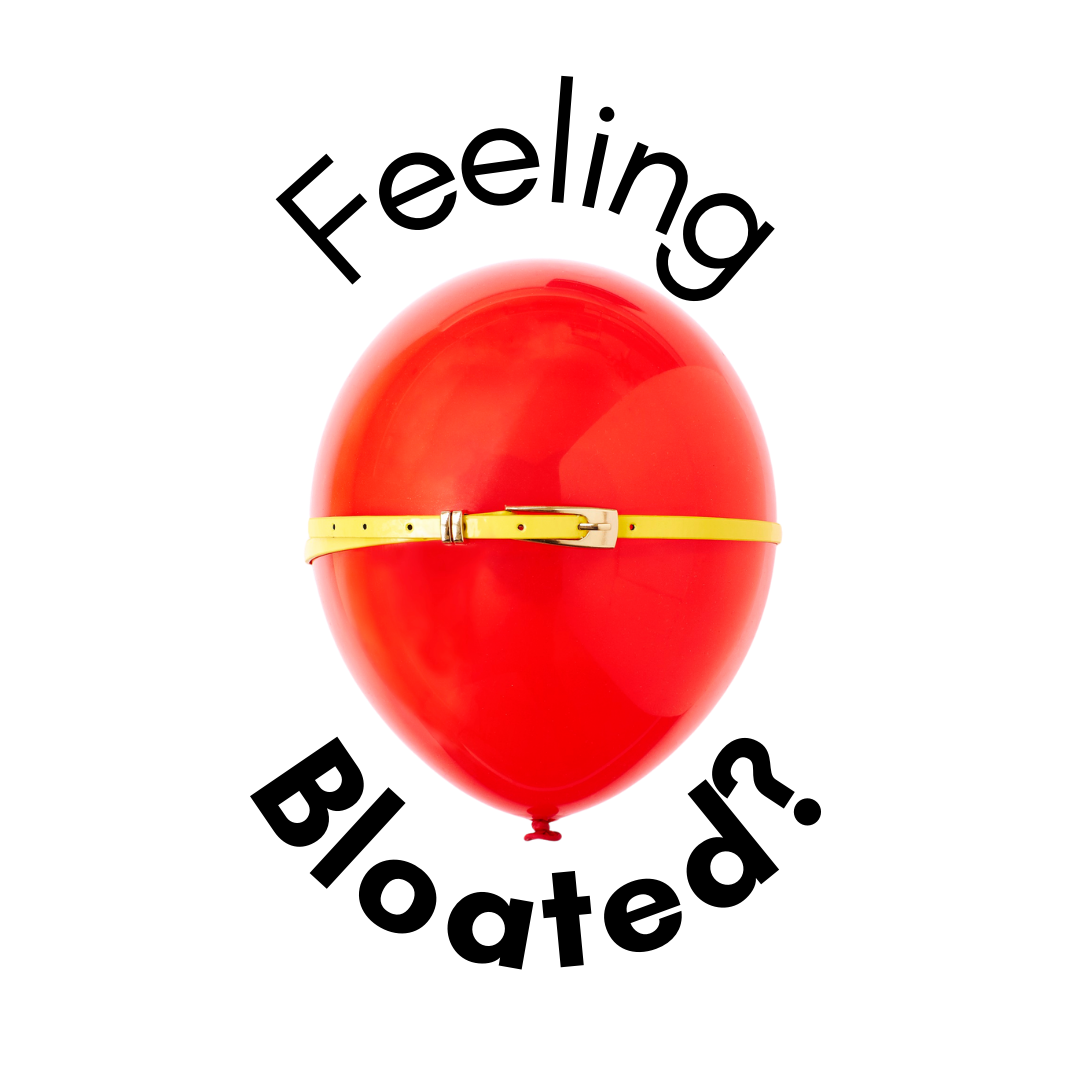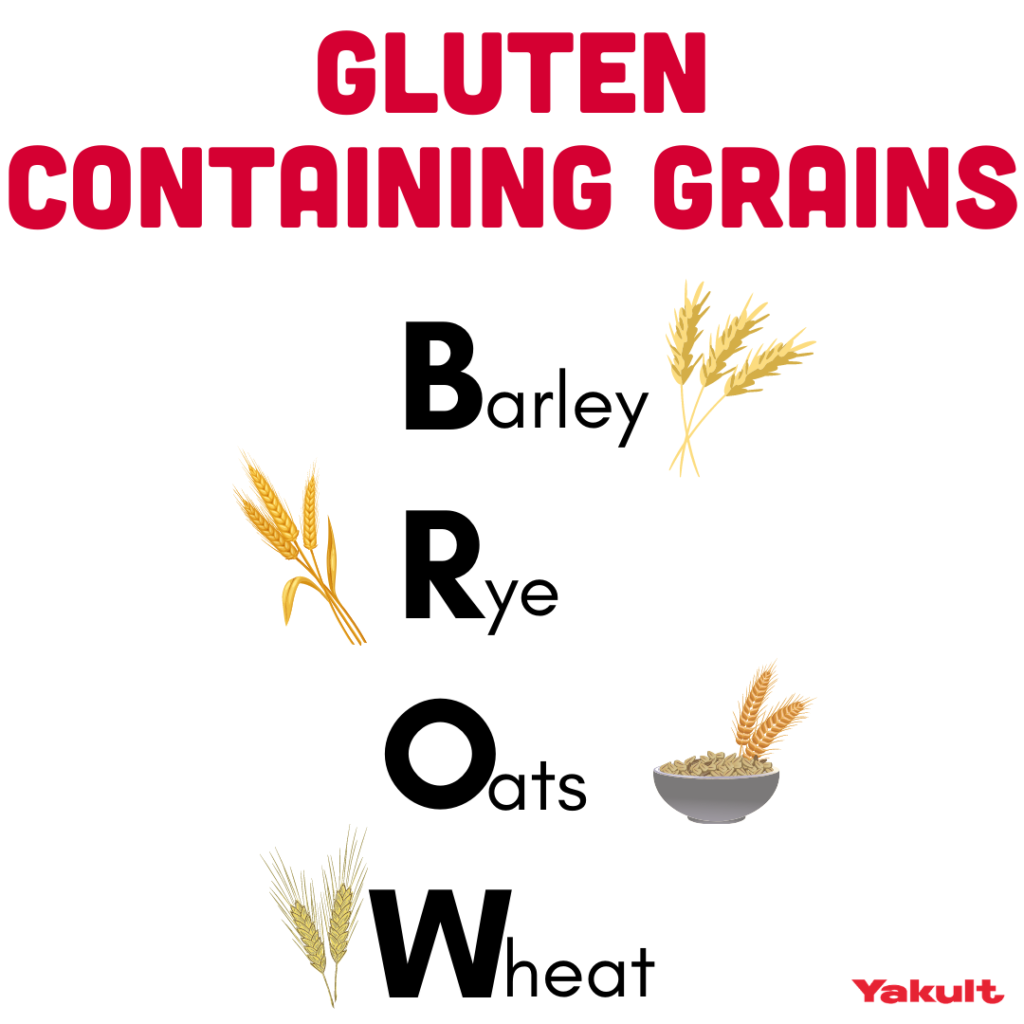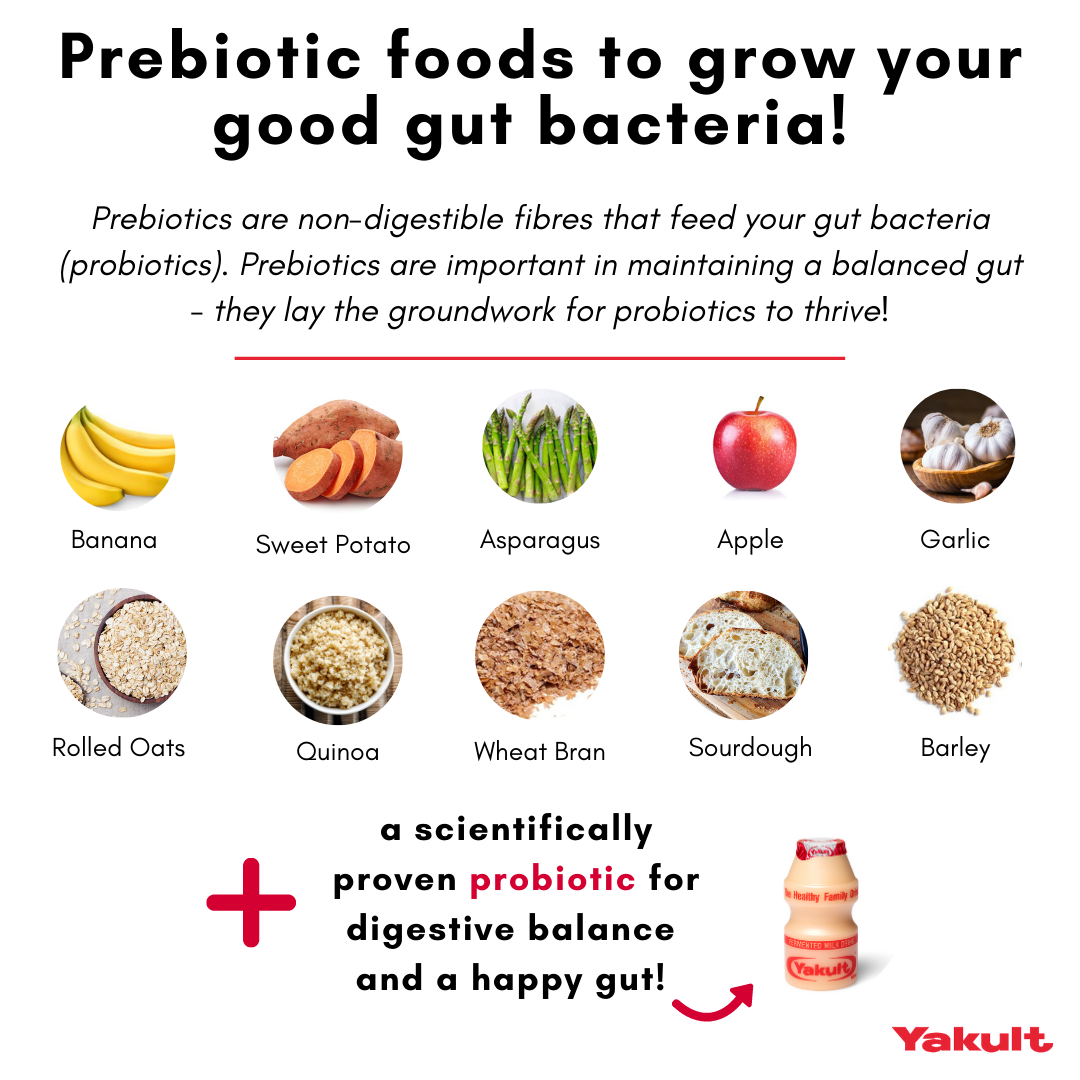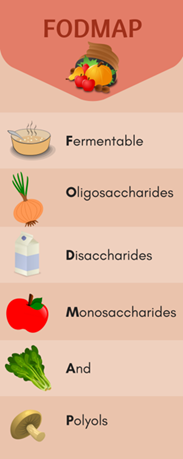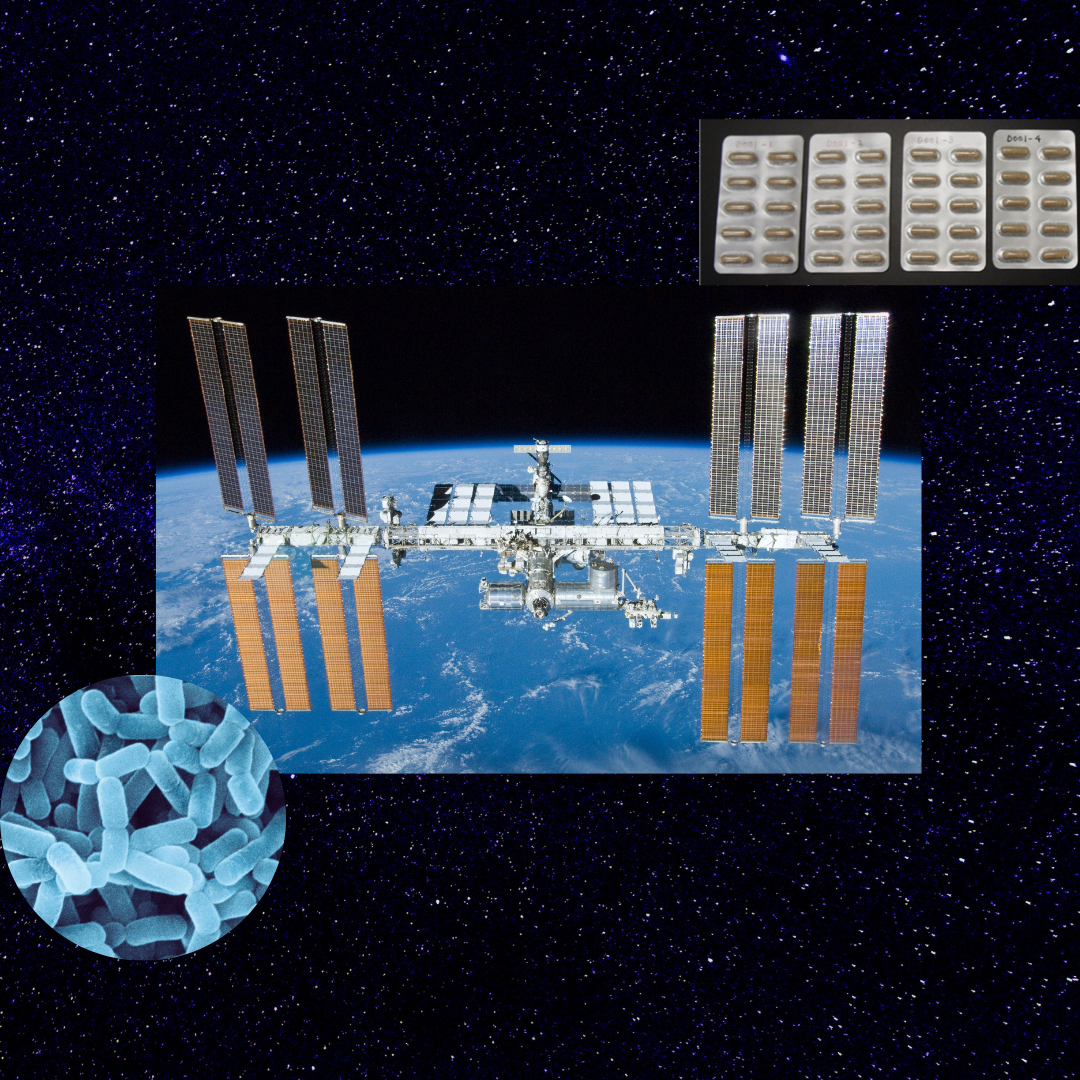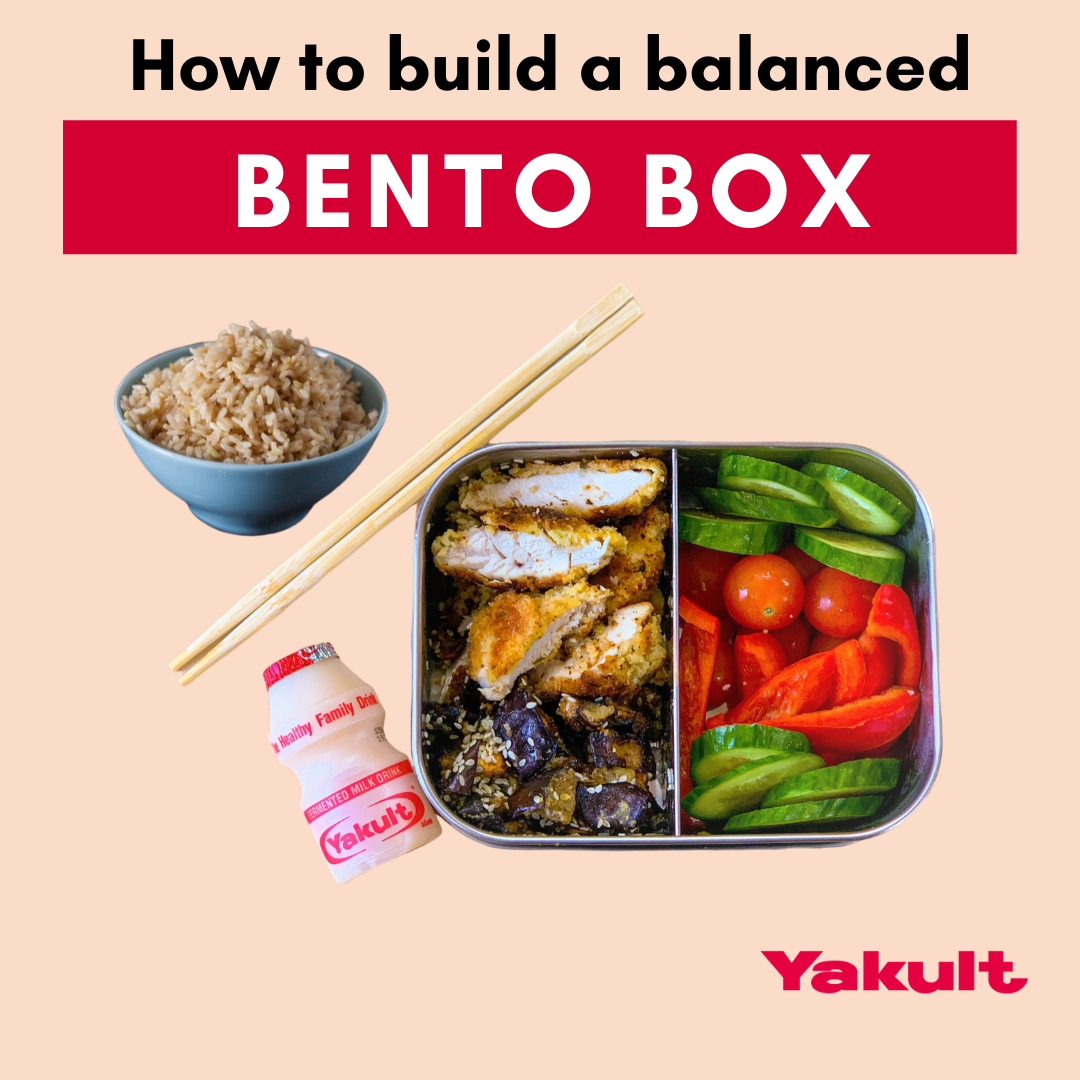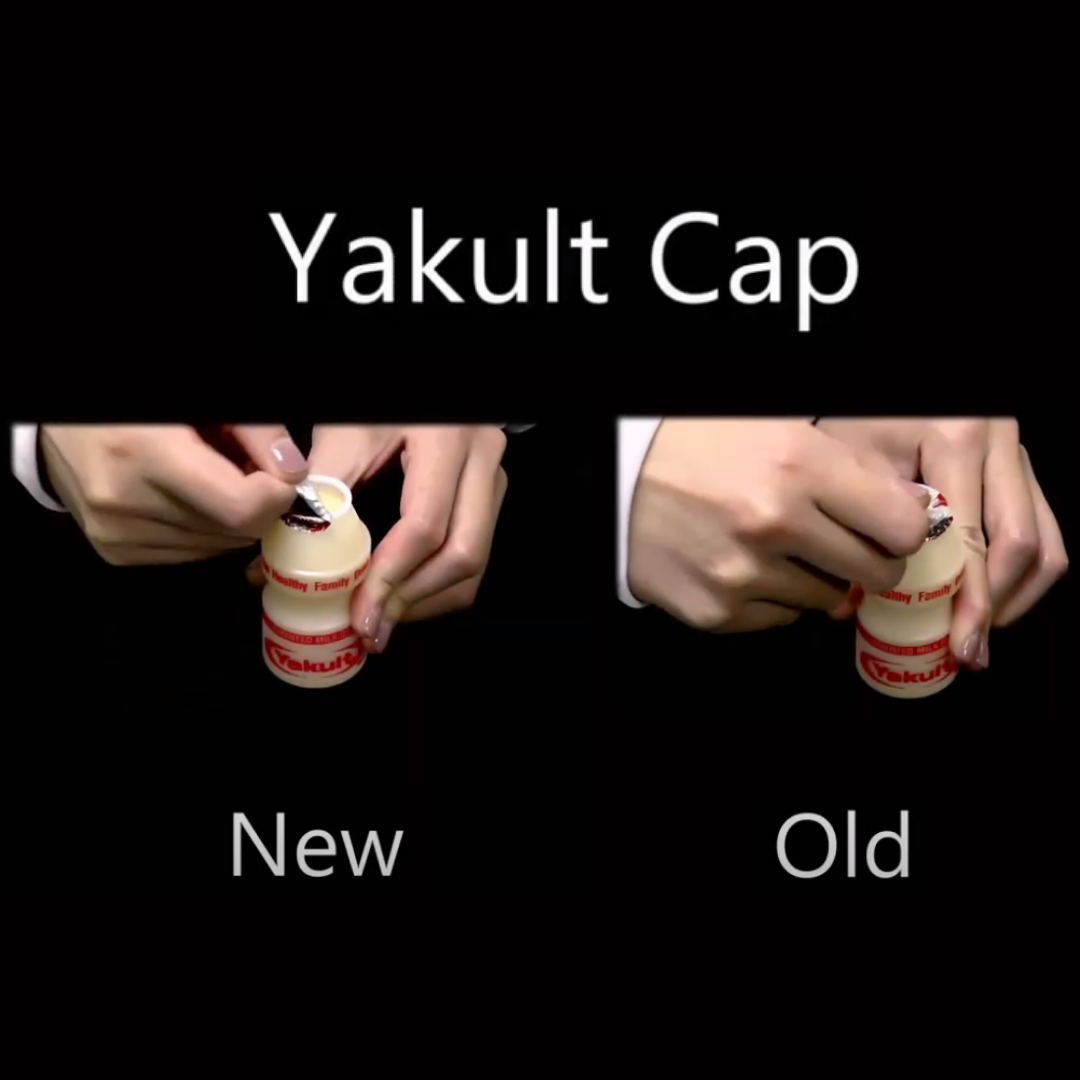This year has been a year like no other. On behalf of Yakult we would like to extend our sincerest gratitude and support to the amazing teachers in Australia and New Zealand. You are not just essential workers but exceptional ones!
Yakult Education offers a range of learning resources, online talks, and guided virtual manufacturing tours to help support teachers. In line with our corporate philosophy, Yakult is committed to contributing to the health and happiness of people globally, and we endeavour to support teachers for the amazing work that they do. Teachers have a special gift for knowing what your students need. You teach and inspire every day, even from your own living rooms.
At Yakult, we admire and respect the work of all teachers.
In the month of November, we would like to invite teachers to share with us “What has been the most rewarding teaching experience this year?” by posting on our Facebook post to go into the draw to win a special Yakult giftpack. For more information* check out our Yakult Australia Facebook page.
We look forward to hearing and sharing your stories.
Thank you!
*Last entry accepted 11.59pm on the 30th November 2020.
T&C below:
[Yakult Teachers Day 2020]: Terms and Conditions of Entry
Entry into the competition will be deemed as acceptance of these terms and conditions.
All prizes are as stated, and no cash or other alternatives will be offered. The prizes are not transferable. Prizes are subject to availability and we reserve the right to substitute any prize with another of equivalent value.
All teachers and educators are eligible to apply, inclusive and not limited to early learning educators, primary, secondary and tertiary.
Only applicants living in Australia and New Zealand are eligible.
Multiple entries accepted but each individual is entitled to only win one prize.
Closing date for entry will be [11.59pm on the 30th of November 2020]. Entries after this date will not be considered.
Five (5) winners will be drawn at random on the [1st of December 2020].
Winners will be announced on the original competition post on 1st December 2020. The winner will also be notified by [direct message, comment etc.] from Yakult Australia’s official Facebook page. If the winner cannot be contacted or does not claim the prize within [14 days of announcement (11.59pm on 14th December 2020)] of notification, we reserve the right to withdraw the prize from the initial winner and pick a replacement winner.
Yakult Australia will notify the winner how to proceed to receive the prize.
The winner agrees to the use of his/her name and image in any publicity material, as well as their entry.
By entering this competition, an entrant is indicating his/her agreement to be bound by these terms and conditions.
Yakult Australia’s decision in respect of all matters to do with the competition will be final and no correspondence will be entered into.
The information provided will be used in conjunction with the following Privacy Policy found at https://www.yakult.com.au/privacy-policy/
This promotion is in no way sponsored, endorsed or administered by, or associated with, Facebook, or any other Social Media Network channels.
